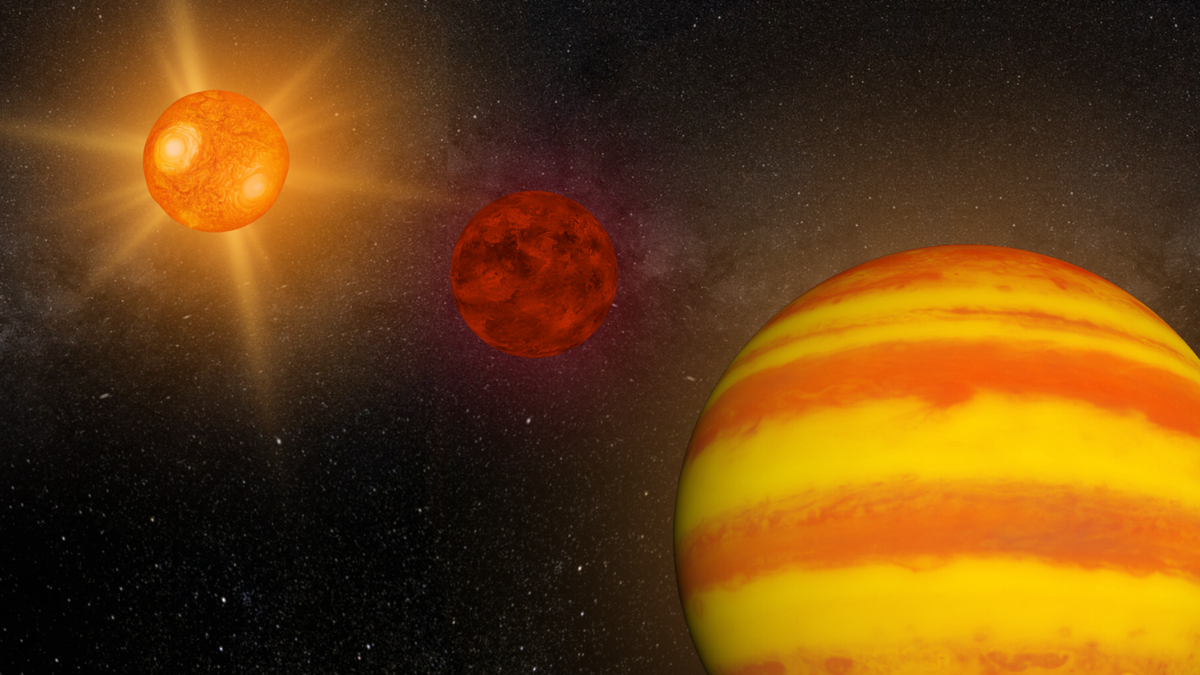June is a captivating month for stargazing enthusiasts, offering a range of celestial spectacles that are sure to delight observers.
With the nights being the shortest in the northern hemisphere, the clear skies provide a perfect opportunity to witness some of the most spectacular astronomical phenomena.
This month features a beautiful crescent moon, a prominent red giant star, noctilucent clouds, and much more. Whether you are an experienced astronomer or a casual observer, June’s night sky has something special in store.
A ‘New’ Star: Anticipating a Nova Explosion
Astronomers are keeping a close watch on the binary star system known as T Coronae Borealis (T CrB), which is expected to experience a nova explosion between now and September. This phenomenon occurs when a white dwarf star accumulates enough material from its companion star to trigger a thermonuclear explosion, dramatically increasing its brightness.
The last observed explosion in this system was in 1946, and the forthcoming event is eagerly anticipated by the scientific community. When it happens, the nova outburst will appear as a new bright star in the Corona Borealis constellation. This event is expected to be one of the major celestial spectacles of the year, providing a unique opportunity for observation and study. Stargazers are encouraged to start monitoring the Corona Borealis constellation, as the sudden appearance of a new star will signify the occurrence of the nova explosion.
Strawberry Moon: The First Full Moon of Summer
On June 21, the full Strawberry Moon will rise, marking the first full moon of summer. This moon gets its name from the time of year when Native American tribes began harvesting strawberries. It will reach peak illumination just after 9 p.m. ET, offering a spectacular sight as it rises in the eastern sky.

Despite its name, the Strawberry Moon does not appear red or pink but shines with the same brightness as any other full moon. This year, the Strawberry Moon is particularly special as it occurs just a day after the summer solstice, a rare event that hasn’t happened since 1985 and won’t happen again for another 18 years.
This celestial spectacle provides an excellent opportunity for photographers and moon enthusiasts to capture its beauty and share the moment with friends and family. The Strawberry Moon is also known by other names, such as the “Hot Moon” and the “Planting Moon,” reflecting its significance in agricultural and cultural traditions.
Midsummer Night’s Eve: Celebrating the Solstice
The summer solstice on June 20 marks the longest day of the year in the northern hemisphere and the official start of astrological summer. The solstice occurs when the Earth’s northern axis is tilted closest to the sun, resulting in the sun reaching its highest point in the sky at noon. The exact moment of the solstice will be at 15:51 EDT.

To celebrate Midsummer Night’s Eve, stargazers can enjoy watching the sun set at its farthest northwest point and rise at its farthest northeast point. This event is steeped in cultural and historical significance, marking a time of festivity and reflection in many traditions.
Many cultures celebrate the solstice with festivals, bonfires, and other rituals that honor the sun’s power and the arrival of summer. It is a time to connect with nature, enjoy the extended daylight, and reflect on the cyclical nature of the seasons.
Planets’ Parade: A Spectacular Conjunction
June’s celestial lineup includes the chance to see a spectacular planets’ parade. On June 3, Jupiter, Mercury, Uranus, Mars, Neptune, and Saturn will align in the morning sky for those in the northern hemisphere. This planetary conjunction, often referred to as a planets’ parade, presents a unique opportunity to observe multiple planets in close proximity.

Viewing all six planets simultaneously may be challenging without a telescope, but visiting an observatory or participating in a sky-gazing event can enhance the experience. The alignment will start just before dawn, so early risers will have the best chance to see this rare event. Using a telescope or binoculars will help identify the planets more clearly, as some may not be visible to the naked eye.
For those who miss the early June event, another opportunity arises on June 29, when the Moon, Mars, Jupiter, and Saturn will be visible in the early morning sky. This alignment offers a chance to witness the beauty of our solar system’s planets in a single viewing session, adding another exciting celestial spectacle to June’s night sky. This event is especially significant as it allows stargazers to see how the planets move and change positions relative to each other over the month.

Dr. Thomas Hughes is a UK-based scientist and science communicator who makes complex topics accessible to readers. His articles explore breakthroughs in various scientific disciplines, from space exploration to cutting-edge research.








